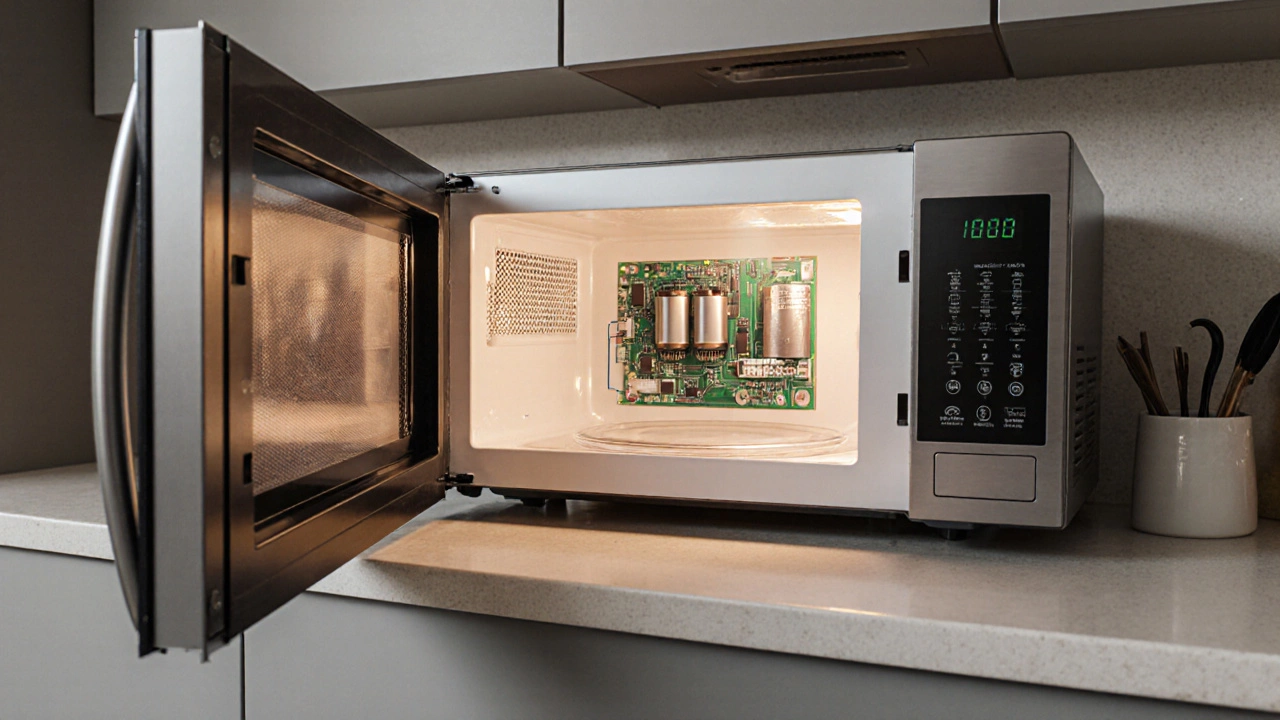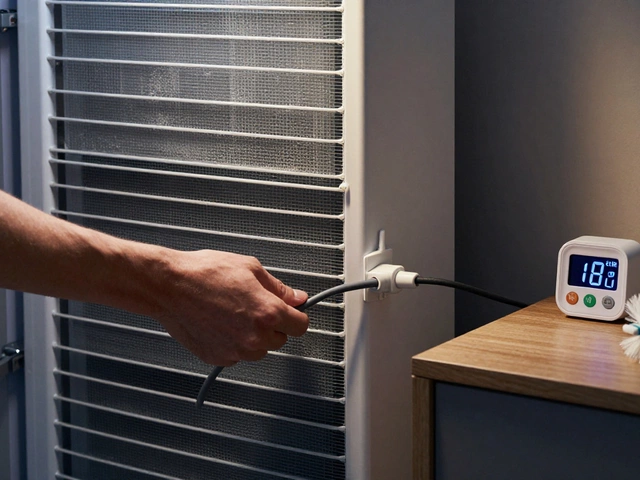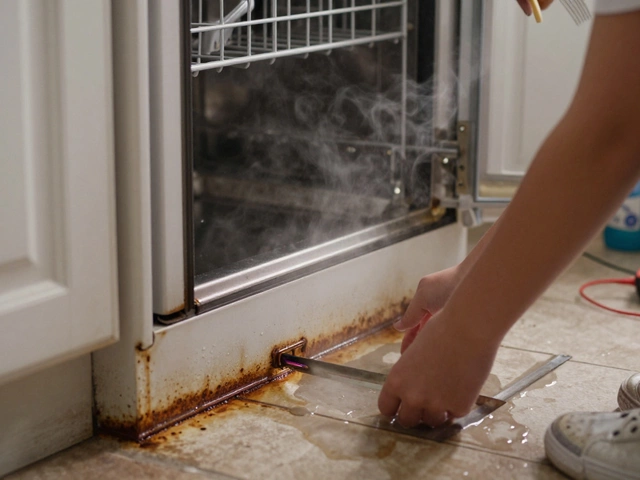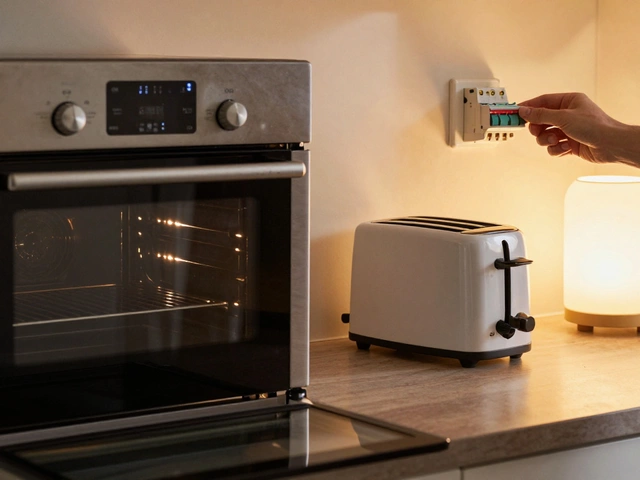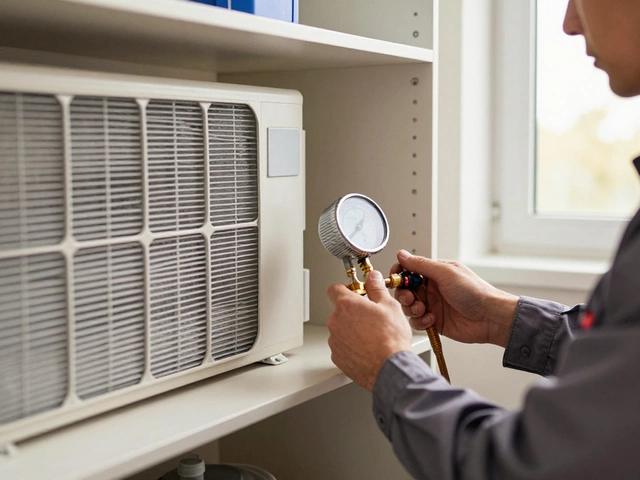Microwave Repair vs Replace Calculator
Determine if Your Microwave Needs Repair or Replacement
Based on industry data, if repair costs exceed 40% of a new microwave's price, replacement is usually more economical.
Did you know the average microwave survives about 10 years before it starts acting up? That number sounds neat, but the real story depends on the model, how you use it, and how well you look after it.
Microwave oven is a kitchen appliance that uses microwaves-high‑frequency electromagnetic waves-to heat food quickly and evenly. The device packs a magnetron, a high‑voltage transformer, a capacitor, and a control board into a metal box, all of which age at different rates.
What Determines a Microwave's Lifespan?
- Magnetron is the heart that creates microwaves. Its ceramic coating wears out after repeated heating cycles.
- Turntable motor keeps food rotating. Heavy loads or spilled food can strain its bearings.
- High voltage transformer steps up the mains voltage. Over‑heating can shorten its life.
- Capacitor stores the high voltage. Frequent power surges degrade its capacitance.
- Control board manages cooking time and power levels. Moisture intrusion or electrical spikes cause logic failures.
Beyond parts, usage habits matter: running the microwave empty, using metal containers, or keeping the door seal dirty all add stress.
Typical Lifespan by Microwave Type
| Type | Typical Lifespan (years) | Common Failure Points |
|---|---|---|
| Countertop microwave | 8‑12 | Magnetron, door latch |
| Over‑the‑range microwave | 10‑15 | Ventilation fan, control board |
| Built‑in microwave | 12‑18 | Turntable motor, high‑voltage transformer |
These ranges are averages from industry repair data collected up to 2024. Premium models with stainless steel interiors and better cooling can stretch beyond the upper bounds.
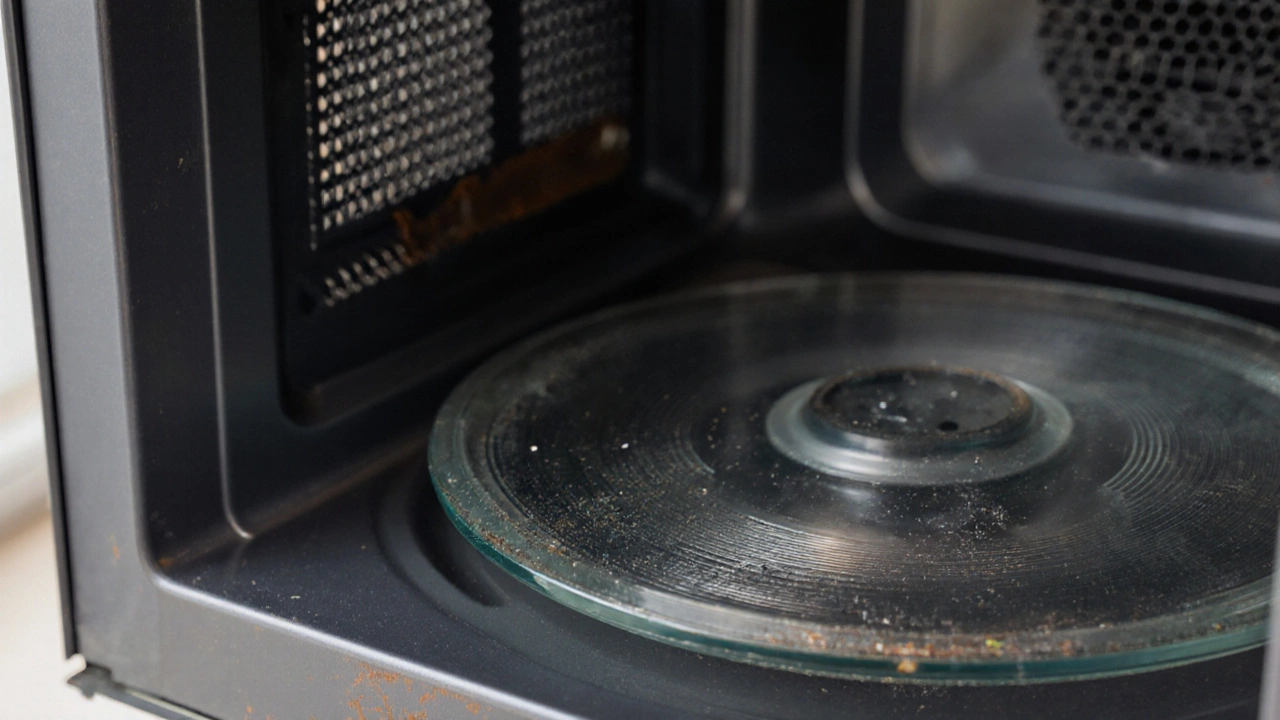
Signs Your Microwave Is Nearing the End
- Uneven heating or cold spots - often a failing magnetron.
- Strange noises (buzzing, humming, rattling) - usually a motor or fan issue.
- Door doesn’t seal properly - water leaks into the cavity, causing electrical corrosion.
- Intermittent power loss - capacitor or transformer problems.
- Display glitches or unresponsive buttons - control board malfunction.
If you notice two or more of these symptoms, it’s time to call a professional.
Repair vs. Replace: How to Decide
Repair costs vary, but a rule of thumb helps:
- If the repair bill is less than 40% of the current market price for a comparable model, fixing it makes sense.
- For magnetron replacements, expect $80‑$150 in parts plus labor. Control board fixes can run $120‑$200.
- Older units (over 12‑15 years) often lack readily available parts, pushing the cost higher.
Energy efficiency is another factor. Modern microwaves use inverter technology that saves up to 30% energy compared to older models, so a replacement can lower your electric bill.

Extending the Life of Your Microwave
Simple habits go a long way:
- Keep the door seal clean. Wipe it weekly with a damp cloth to prevent moisture buildup.
- Never run the microwave empty. The magnetron needs a load to absorb the microwaves; running it dry can overheat the tube.
- Avoid metal containers and foil. Sparks can damage the interior coating and the magnetron.
- Replace the turntable glass every 5‑7 years if you see cracks.
- Use a surge protector. A sudden spike can fry the capacitor or control board.
Regularly check the ventilation grill for dust; a clogged fan forces the transformer to work harder and shortens its life.
Frequently Asked Questions
How long does a microwave typically last?
Most microwaves last between 8 and 12 years, though over‑the‑range and built‑in models can reach 15‑18 years if well maintained.
What part fails most often?
The magnetron is the component that gives out microwaves; it tends to fail first, especially after repeated high‑power cooking.
Is it worth repairing a 10‑year‑old microwave?
If the repair cost is under 40% of a new unit’s price and parts are still available, fixing it is usually economical. Otherwise, replace it.
Can I prevent my microwave from dying early?
Yes-keep the door gasket clean, avoid running it empty, use proper containers, and protect it from power surges.
What are the energy‑saving benefits of a new microwave?
Modern inverter microwaves heat food faster and use up to 30% less electricity than older models, which can shave a few dollars off your annual energy bill.
